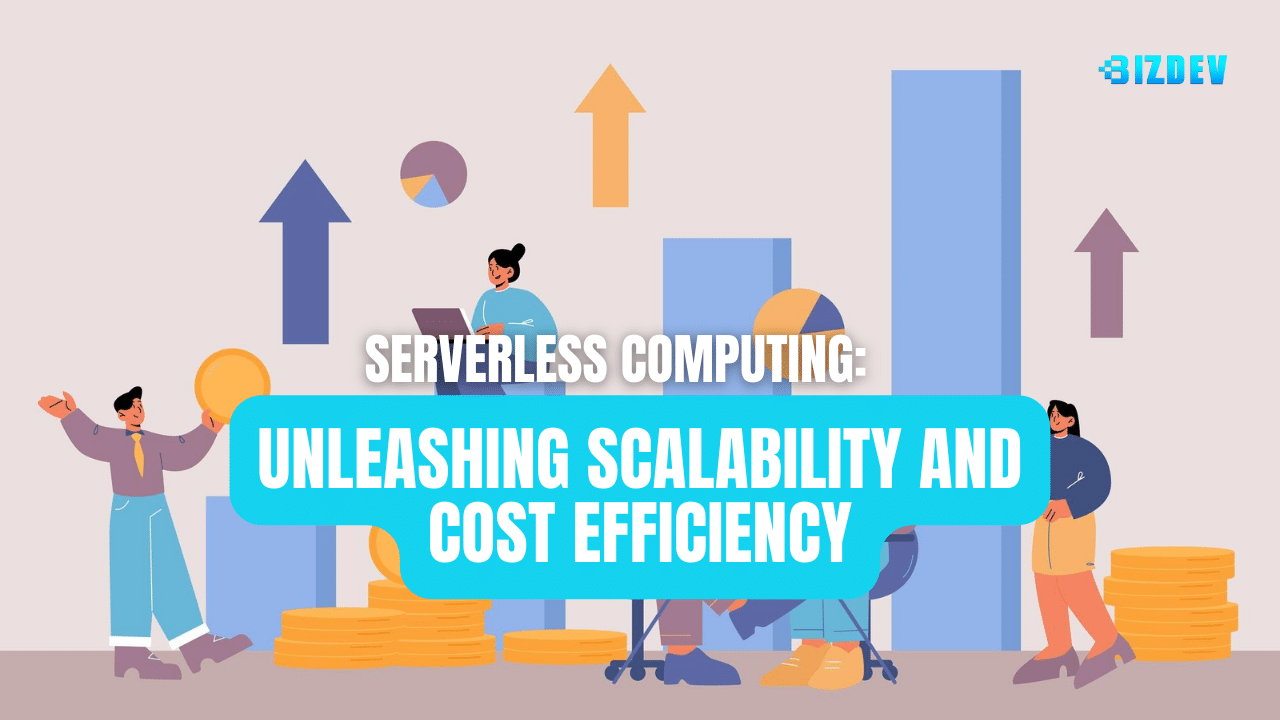Serverless computing has emerged as a game-changer. This paradigm shift allows developers to focus on code without worrying about server management, provisioning, or scaling. Let’s delve into the world of serverless computing and explore how it can revolutionize your applications.

What Is Serverless Computing?
At its core, serverless computing is an execution model where developers write functions (often referred to as serverless functions) that run in response to events. These functions are executed in ephemeral containers managed by the cloud provider. Here are the key aspects:
- Event-Driven Execution: Serverless functions are triggered by events such as HTTP requests, database changes, file uploads, or scheduled intervals. They execute only when needed, reducing idle time and costs.
- No Server Management: Forget about provisioning servers, monitoring resources, or worrying about scaling. The cloud provider handles all infrastructure aspects, allowing you to focus solely on your code.
- Pay-as-You-Go Pricing: With serverless, you pay only for the actual compute time used. No fixed costs for idle servers. This cost efficiency is particularly beneficial for sporadic workloads.
Advantages of Serverless Computing
1. Scalability
Serverless architectures automatically scale based on demand. Whether you have one user or a million, the system adjusts dynamically. This elasticity ensures optimal performance during traffic spikes without manual intervention.
2. Reduced Operational Overhead
Say goodbye to server maintenance, patching, and capacity planning. Serverless abstracts away infrastructure management, allowing your team to focus on business logic and features.
3. Faster Time-to-Market
Developers can rapidly deploy serverless functions without worrying about infrastructure setup. This agility accelerates development cycles and enables quicker feature releases.
4. Event-Driven Flexibility
Serverless functions respond to events such as API calls, database changes, or IoT sensor data. This event-driven architecture enables real-time processing and seamless integration with other services.
5. Cost Savings
Pay only for the milliseconds your function runs. No idle server costs. For startups and small businesses, this cost model can be a game-changer.
Use Cases for Serverless
- APIs and Microservices: Create lightweight APIs or microservices without managing servers. Ideal for building RESTful endpoints or handling webhook callbacks.
- Data Processing: Process data streams, transform files, or analyze logs using serverless functions. Examples include image resizing, sentiment analysis, and ETL (Extract, Transform, Load) tasks.
- Chatbots and Notifications: Build chatbots, notification systems, or email triggers. Serverless functions handle user interactions and deliver messages efficiently.
- Scheduled Tasks: Automate periodic tasks (e.g., backups, report generation) using scheduled serverless functions.
Challenges and Considerations
- Cold Starts: The initial invocation of a serverless function may experience latency due to container initialization. Optimize warm-up strategies to mitigate this.
- State Management: Serverless functions are stateless by design. Use external storage (e.g., databases, queues) for persistence.
- Vendor Lock-In: While serverless is portable across cloud providers, each has its nuances. Be aware of potential vendor lock-in.
Conclusion
Serverless computing is more than a buzzword; it’s a transformative approach that empowers developers to build scalable, cost-effective, and responsive applications. As you explore this paradigm, remember that serverless isn’t about eliminating servers—it’s about reimagining how we use them.
Embrace serverless, and let your code shine without the burden of infrastructure!
